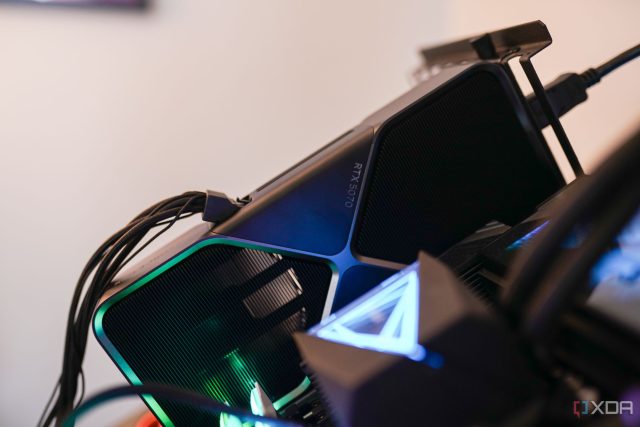Nvidia’s recent RTX 5060 Ti is one of the best graphics cards we’ve seen out of Team Green this generation, but its launch has been sullied by high prices and limited availability. It remains a decent graphics card, but due to how prices have shifted over the past month, Nvidia’s lukewarm RTX 5070 puts up a seriously impressive fight.
I threw both GPUs on my test bench to see which one you should buy, and it’s a mess for the RTX 5060 Ti.
-
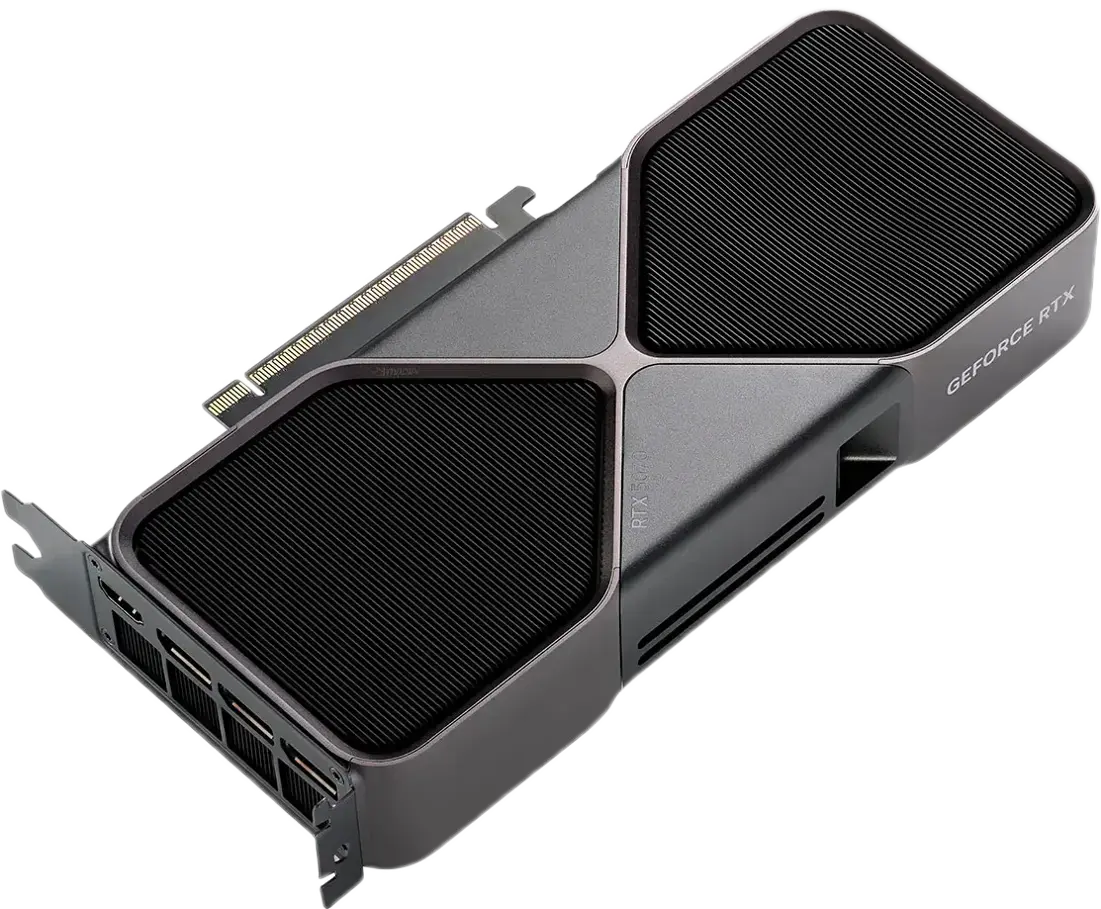
Nvidia RTX 5070 Founder’s Edition
The RTX 5070 targets 1440p, and with a little help from DLSS 4, it can even hold up at 4K. However, the competition is fierce at this price, and the RTX 5070’s advantages are marginal in most cases.
Pros & Cons- Cool and quiet Founder’s Edition design
- Over 20% faster than an RTX 4070
- DLSS 4 can multiply your frame rate
- Marginal gains over the RTX 4070 Super
- DLSS 4 calls for a high base frame rate
-

Asus Prime GeForce RTX 5060 Ti
Nvidia’s RTX 5060 Ti doesn’t provide a massive generational uplift, but it hits the sweet spot on pricing and performance with DLSS 4 at the helm.
Pros & Cons- DLSS 4 enables otherwise impossible performance
- Large price cut on 16GB model
- Single, 8-pin power connector
- Falls short of the RTX 4070
- 16GB frame buffer still uses a 128-bit bus
RTX 5060 Ti vs. RTX 5070: Some odd spec differences
The RTX 5060 Ti and RTX 5070 come from the same generation, and they’re built on the same architecture, so the specs actually say a lot about how the two GPUs compare. On the core front, you’re looking at a 33% bump in core count on the RTX 5070, which closely aligns with the performance advantage of the GPU in games. That core advantage carries over to the Tensor and ray tracing cores, as well.
At first glance, the RTX 5060 Ti comes out ahead with 16GB of GDDR7 memory, but there’s a little nuance here. Both cards use GDDR7, and the RTX 5060 Ti comes out on top with 16GB of capacity compared to 12GB on the RTX 5070. However, the RTX 5060 Ti uses a 128-bit memory bus to account for the 8GB of the same GPU. Despite a capacity advantage, the RTX 5070 actually comes out with around a 50% bump in memory bandwidth compared to the RTX 5060 Ti.
Both cards are relatively efficient, but the RTX 5060 Ti still draws less power. It tops out at just 180W and only requires a single 8-pin connector. The RTX 5070 climbs up to 250W, but more importantly, it uses a 16-pin power connector. If you don’t have an ATX 3.0 power supply, you’ll need to use an adapter that runs from a 16-pin cable to two 8-pin cables.

Related
4 GPUs you should buy instead of the RTX 5060 Ti
Multi-Frame Gen is great, but there are GPUs around the same price that offer better performance.
The RTX 5060 Ti is cheaper, but the RTX 5070 has more value
A strange situation to be in given the current GPU market
The GPU market is messed up right now, and that works massively in the favor of the RTX 5070. At list price, the 16GB RTX 5060 Ti should run you $430, while the RTX 5070 clocks in at $550. That’s a $120 jump, or about a 28% increase in price. As I’ll get to in with my benchmarks in the next section, the RTX 5070 outpaces its price increase with performance, so it already provides a slightly better value than the 16GB RTX 5060 Ti at list price. And given where prices are at right now, that value is even higher.
Although the 16GB RTX 5060 Ti should cost $430, it’s never been listed for that price. Even at launch, the cheapest models available would run you $480. I don’t see any units in stock at online retailers like Newegg. My local Micro Center has the RTX 5060 Ti in stock, but it’ll run you $550. The secondhand market is pretty unforgiving, as well, with the RTX 5060 Ti going for anywhere from $550 to $600.
Prices have gone up on the RTX 5070, as well, and you’ll need to get seriously lucky to find it in stock at MSRP. However, it’s not much more expensive than the RTX 5060 Ti, at least at the time of writing. I found units in stock on Newegg for $610, which is a mere $70 more than the cheapest RTX 5060 Ti I was able to find in stock. Some Best Buy locations even have the $550 Founders Edition model in stock, though it’s only available for purchase within a physical store. Secondhand pricing is bad, with cards selling between $650 and $700, but you don’t need to resort to a used model when there are new units available for less.
At list price, there’s more of a discussion about if the RTX 5060 Ti or RTX 5070 is better. It’s really close. Prices right now tell a far different story, though. The RTX 5070 is worth spending an extra $50 to $100 on, no question about it.
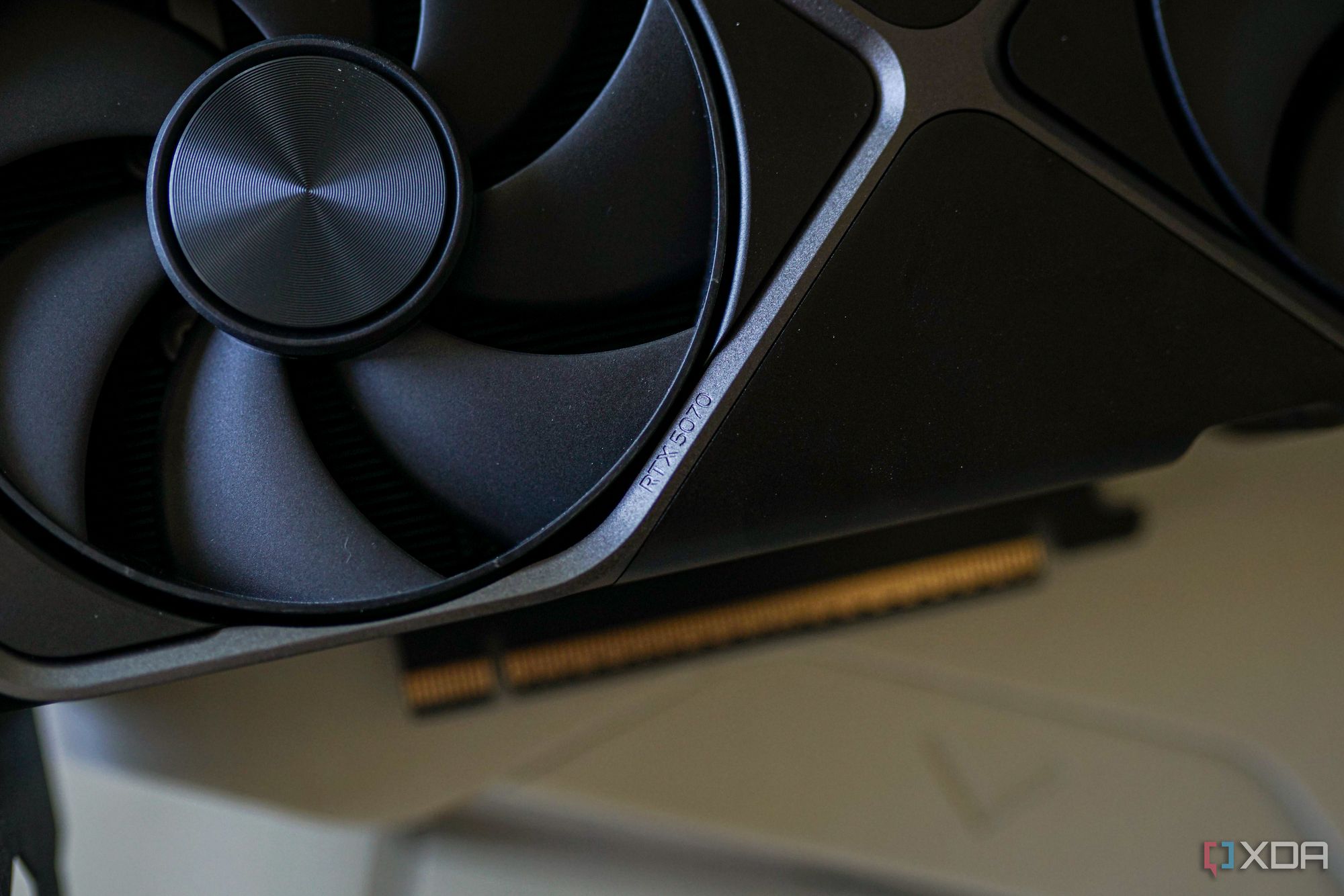
Related
4 GPUs you should buy instead of the RTX 5070
These GPUs compete with the RTX 5070, and you can pick them up for less.
The RTX 5070 is leagues faster
Even with 16GB, the RTX 5060 Ti isn’t even close
Despite how close the RTX 5060 Ti and RTX 5070 are in price, the higher-end GPU is leagues faster. 1440p is the most comfortable resolution for both of these GPUs, and at that resolution, the RTX 5070 is 37% faster based on my testing. The RTX 5060 Ti doesn’t have the grunt to reach up to 4K, but the RTX 5070 does with a 34% lead. That’s even more true once you factor in DLSS Multi-Frame Generation (MFG), which is the key selling point of both of these graphics cards.
The bump to 4K is what makes the RTX 5070 so much more attractive than the RTX 5060 Ti. The RTX 5060 Ti is comfortable at 1440p, and you’ll need to occasionally resort to DLSS 4 to get the performance you want. At 4K, DLSS 4 is basically required for the RTX 5060 Ti, and more demanding path tracing titles like Alan Wake 2 are difficult to run at a playable frame rate. The fact that the RTX 5070 has legs up to 4K does a lot, giving you a solid foundation if you choose to upgrade to a 4K monitor down the line.
|
RTX 5060 Ti (16GB) |
RTX 5070 |
|
|---|---|---|
|
Assassin’s Creed Mirage (Ultra High) |
|
|
|
Cyberpunk 2077 (Ultra) |
|
|
|
Black Myth: Wukong (Cinematic/DLSS@68%) |
|
|
|
Dying Light 2 (High Quality) |
|
|
|
Returnal (Epic) |
|
|
|
Forza Motorsport (Ultra) |
|
|
|
Horizon Zero Dawn Remastered (Very High) |
|
|
The extra horsepower of the RTX 5070 really comes in handy in those demanding titles like Cyberpunk 2077 and Black Myth: Wukong. Even with DLSS Super Resolution, both cards struggle to maintain a playable frame rate as the resolution climbs. However, the RTX 5070 is much closer to providing a playable experience. In addition, it provides a high enough base frame rate for MFG to work properly at 4K. The RTX 5060 Ti, topping out at around 30 fps in these games, will struggle with MFG turned on.
For the testing here, I used the RTX 5060 Ti with 16GB of memory. If you’re considering the 8GB model, the pendulum swings even further in favor of the RTX 5070. At 4K, games like Horizon Zero Dawn Remastered and Forza Motorsport can easily saturate an 8GB frame buffer, and you’ll see a steep drop-off in performance as the resolution climbs. The RTX 5070 may only have 12GB of memory, but based on my testing, that’s more than enough even if you want to push up to 4K.
|
RTX 5060 Ti (16GB) |
RTX 5070 |
|
|---|---|---|
|
Cyberpunk 2077 (Ultra RT) |
|
|
|
Returnal (Epic RT) |
|
|
|
Dying Light 2 (High Quality RT) |
|
|
You’d assume that ray tracing performance would scale evenly considering these are two cards from the same generation, but the gap is slightly smaller. Neither of these GPUs are powerful enough for native RT performance at 1440p or 4K, but with DLSS 4 at the ready, you shouldn’t have any issues ticking on ray tracing with either card.
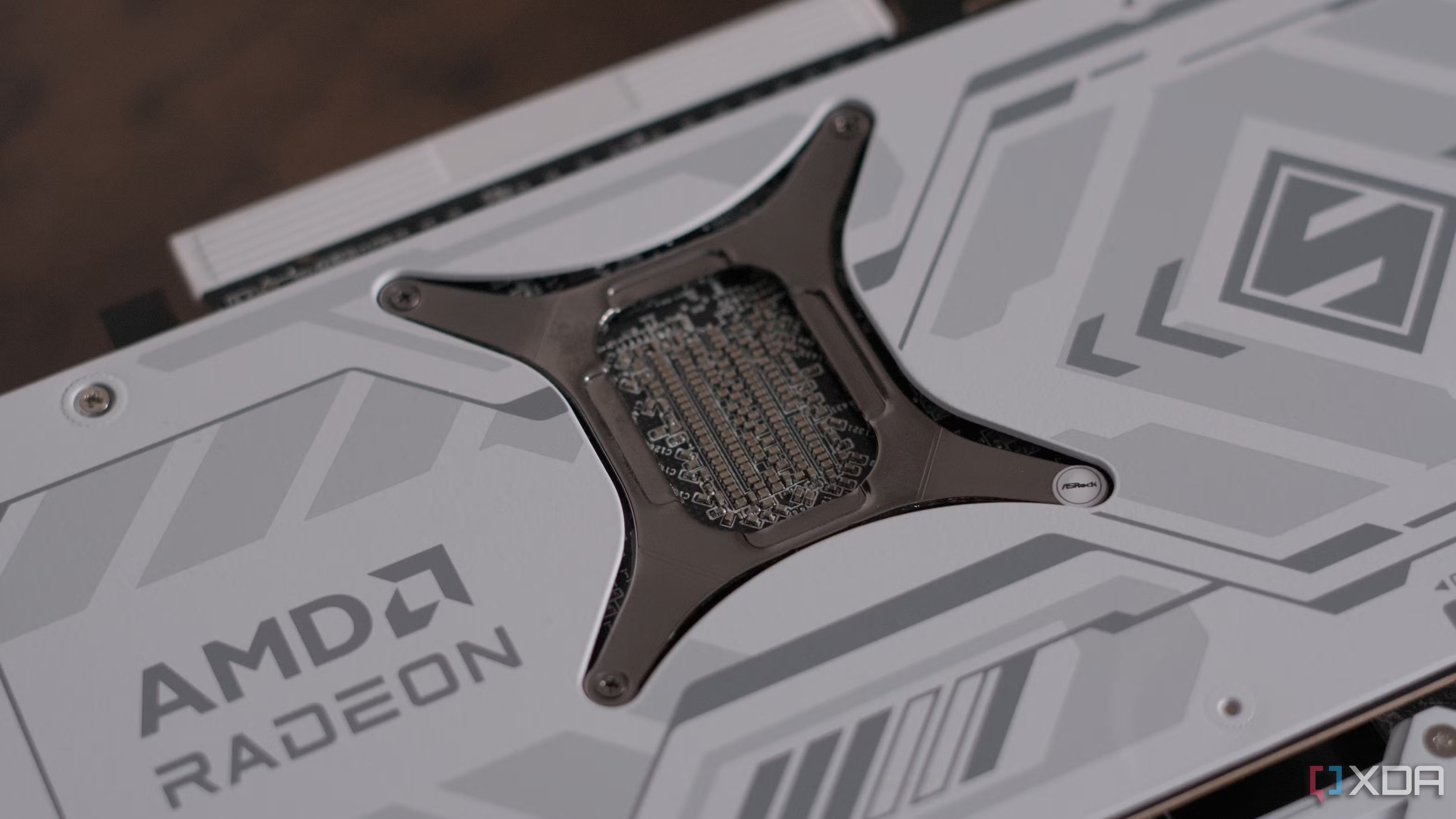
Related
4 ways FSR 4 gives DLSS 4 a run for its money
FSR is no longer an afterthought for gamers
Which one should you buy?
Given where prices are at right now, the RTX 5070 absolutely clobbers the RTX 5060 Ti. That card is already a tad expensive at $430, and it’s a downright bad deal given the prices that are available right now. Meanwhile, prices have dropped on the RTX 5070, and you can find it readily available at most retailers.
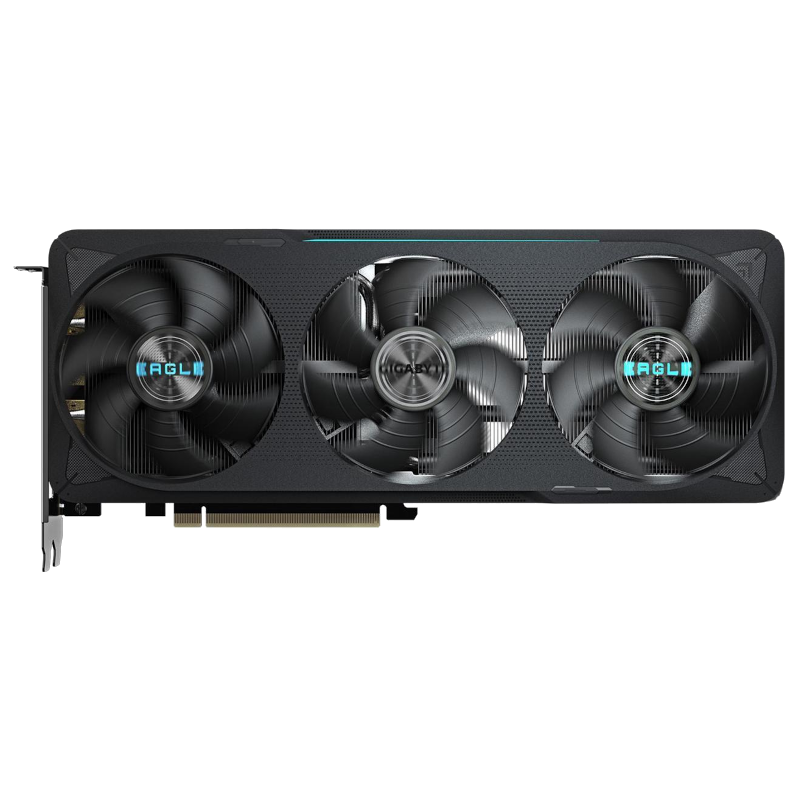
Gigabyte WindForce GeForce RTX 5070
The RTX 5060 Ti isn’t a bad GPU, and at list price, I’d say it’s slightly better than the RTX 5070. Prices are out of control for this card right now, though, especially for the 16GB model. If you can find the GPU for less than $450, I’d consider it. Otherwise, save your pennies and spend up on the RTX 5070.

Asus Prime GeForce RTX 5060 Ti


